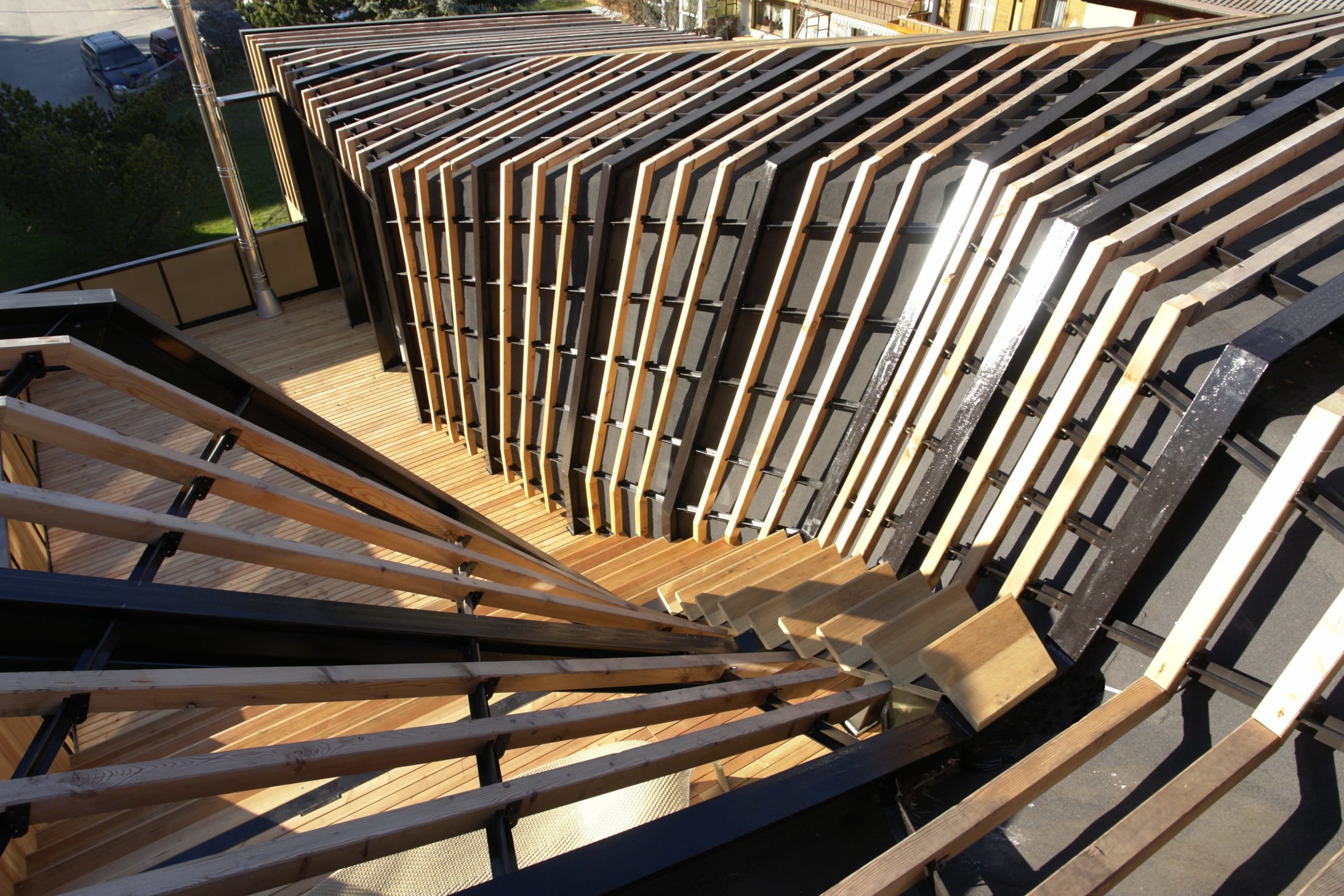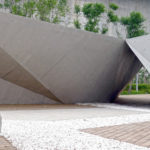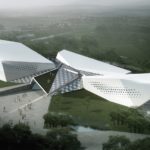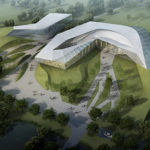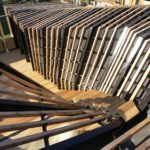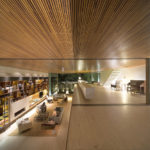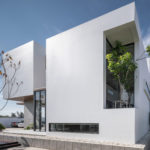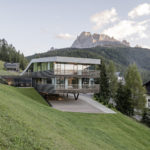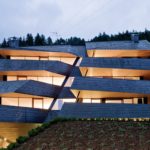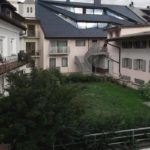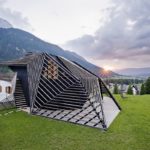Esker House
Esker Haus (Esker = Stratified geological formation) is a self-contained residential unit placed on top of an existing house from the 1960s. The project has been developed as a parasite which adopts the structure of its host and gradually distorts it to fit a unique organization and morphology. The apartment is formed by a series of steel and timber frames that deform to recreate the smooth hillsides of the surrounding Dolomites. This partly accessible roofscape also determines the spatial character inside; the spaces unfold through a series of angular and dynamic planes creating ever-changing perspectives and spatial constellations.
To form a topography for informal occupation, the split level organization leads to the lengthened section of stair. The overall spatial character is that of an echelon with a diffusion of functions and conditions where inside and outside, above and below become gradient zones of varying intensity. These interweave as a loop that transgresses from the most private zone of bedroom and bathroom via kitchen, dining and living rooms towards the more public and exposed territory of the multiple terraces.
The interior spaces are a reflection of the exterior geometry with folded planes accentuating the flow through the open split-level plan. As a transgression from the Cartesian orthogonal layout (determined in part by the structure below and functional requirements), the interior is designed towards the softer fluid morphology of the roofscape. Through its specific openings, the building frames the surrounding mountains and receives sunlight throughout the day in designated-use zones.

